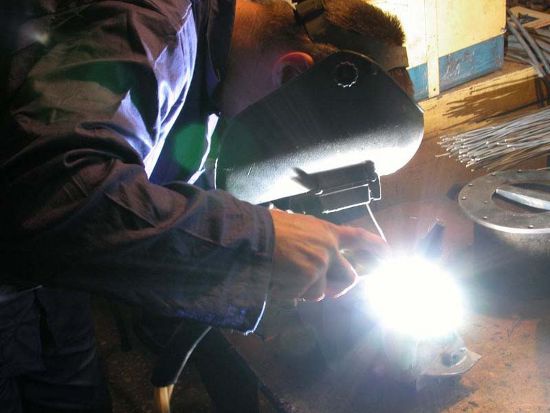You will need
- - arc welder,
- electrodes,
- mask of the welder.
Instruction
1
To cut the metal with a grinder the master need only intelligence to "deal" with it the majority of handymen will not be a huge difficulty. But the production welding will have to sweat a little. Because without skill in electricwelding, the performance of such work is very problematic.
2
The main mistake of most beginners is the wrong choice of welding mode. During the preparations for the fire works you need to determine and set the strength of the current produced by the welding apparatus.
3
To determine the strength of the current can be visually, by putting a small weld on any metal surface.
4
If during a test welding, the molten metal of the electrode is intensively sprayed in all directions, and the edges of the seam are visible indentations, the amperage better lowering.
5
In the case when during the overlay control of the seam, the molten metal of the electrode lies a hill, not into the seam, then the amperage must increase.
6
Imagine a small depression filled with water - and it looks like a perfect weld, performed by a professional.
7
So, the welding current has been regulated, it is time to proceed directly to the welding of metal parts.
8
At home, in the welding of parts most commonly used overlay horizontal seam. Pre-blanks are arranged on a flat surface, and one of them joins the ground cable, wearing gloves and a mask, armed with a "stick" to the electrode, make a few tacks between the parts. Tack is a short welds, usually no longer than one and a half inches. The first tack is always in the center of the length of the abutting workpieces, then primatyvajutsja region.
9
After removing the mask, check the accuracy of the location of the welded parts, and then by clearing the slag from the tack, start suturing the boat. That is, in the beginning of the process igniting an electric arc between the electrode and the surface of the weldment and warming up the item, put a drop of melted metal from the electrode to the junction of the workpieces. Without interrupting the arc, moving the electrode from one side seam to the opposite. This technique is reminiscent of the rocking of the boat on the waves.
10
Begin welding of the workpiece from the top, and finish to suture below.
11
After welding the blanks into the finished product with orbital sander stripped from the slag welds, and the surface prepared for staining.
